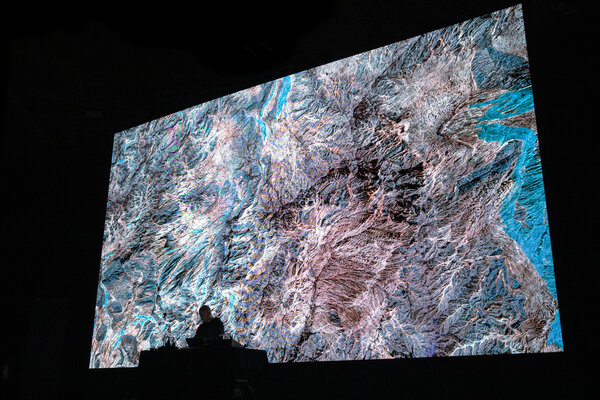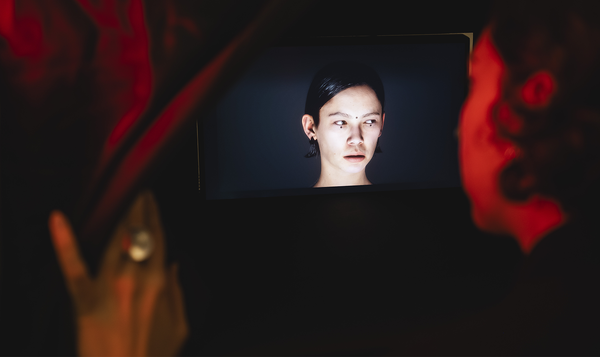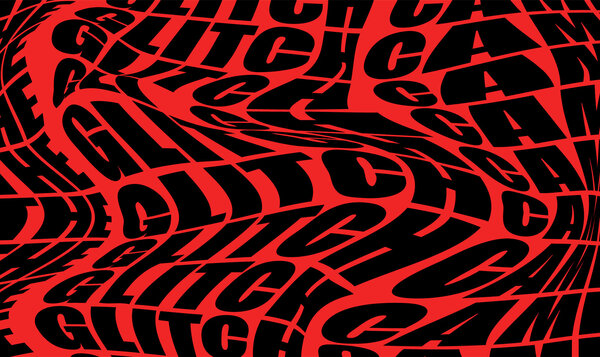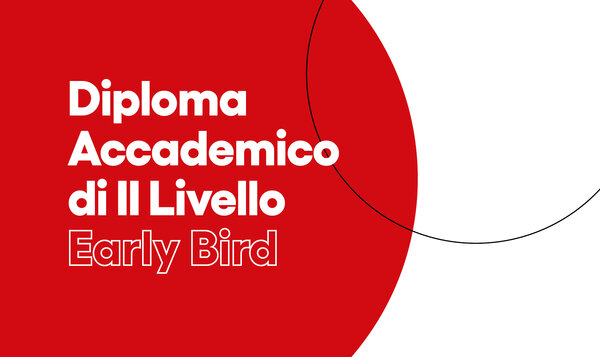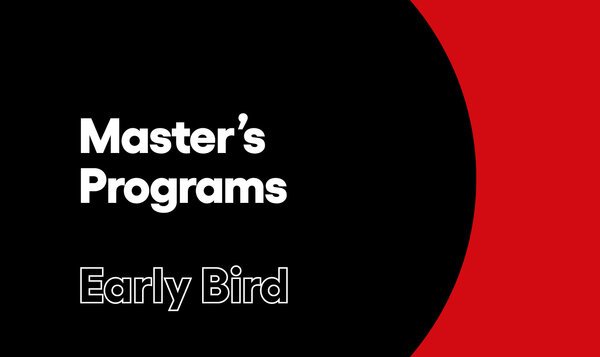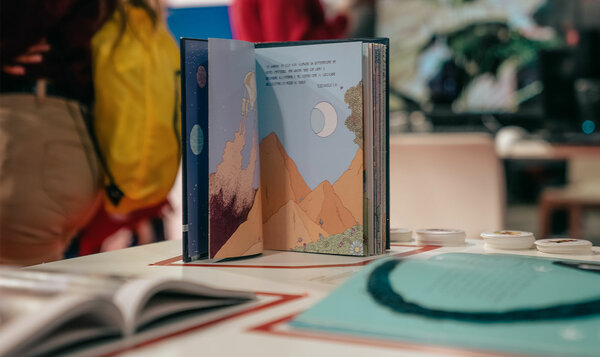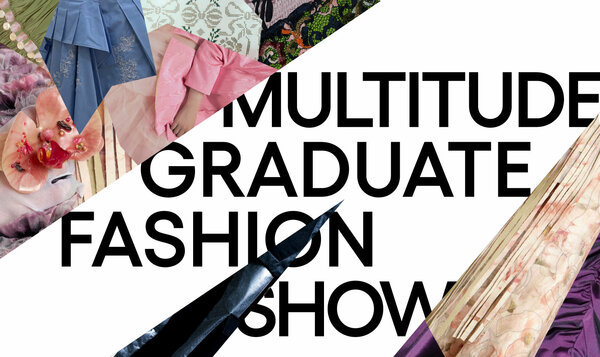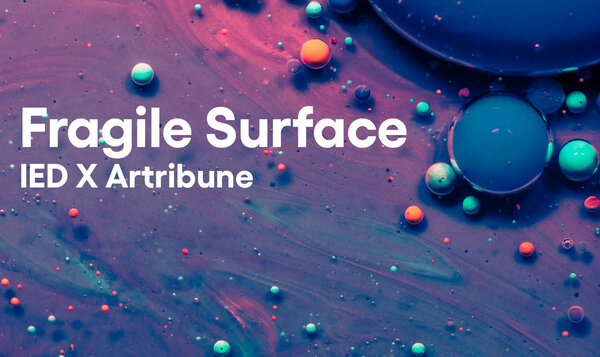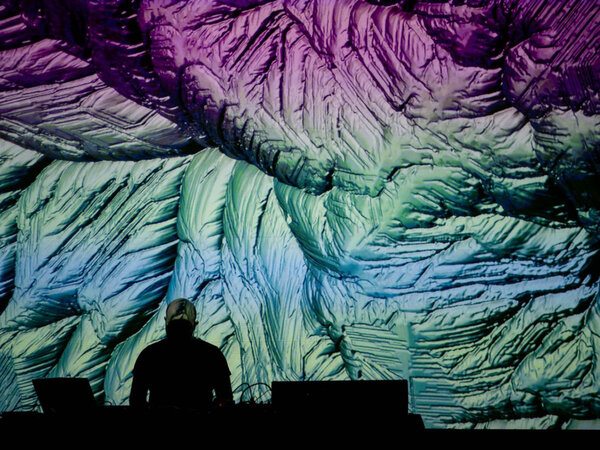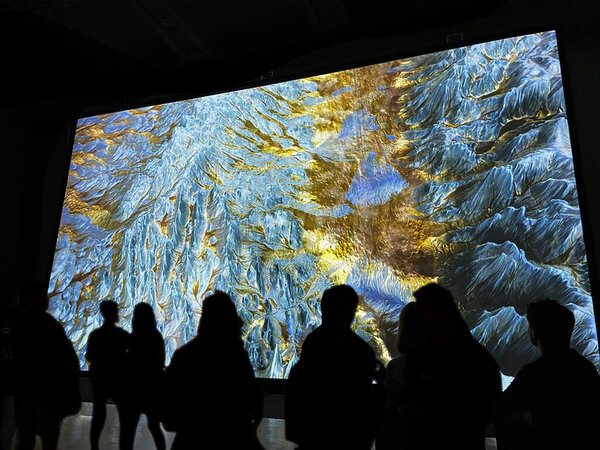Alessandro is a Sound Designer and Multimedia Developer whose work bridges generative art, immersive installations, and interactive technologies.
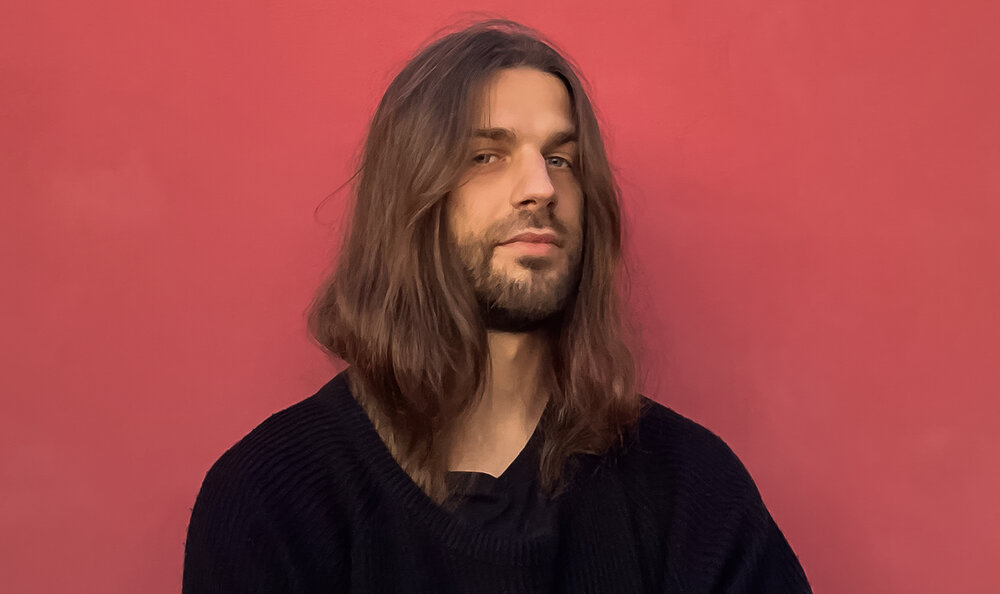
Alessandro Petrone: from sound design to immersive technologies, blending creativity and complexity
Date
09 June 2025
After earning his Bachelor's degree in Sound Design at IED Roma, he began collaborating with international studios and artists, contributing to experimental projects that combine digital aesthetics with human presence and storytelling.
In this interview, Alessandro shares his journey into creative technologies, his values as a designer, and the processes behind some of his most ambitious works.
Can you tell us about your current role and the projects you’re working on?
My professional identity lies somewhere between software development and sound design. I often move along that spectrum, covering multiple roles that span both the technical and creative domains. I'm currently working as a freelancer with several international studios. Over the past year, however, I’ve had the privilege of establishing a more consistent collaboration with the digital art studio Quayola, which has become a key part of my professional growth. Within the studio, I develop custom digital tools, take care of sound design and sonic translation, and often serve as a connector between the various professionals involved in our projects.
What challenges did you face transitioning from IED to the professional world, and how did you overcome them?
The transition from IED to the professional world is never linear, it’s filled with uncertainty and moments of disorientation. What kept me going was my deep love and respect for what I do. After completing my studies at IED, I spent six intense months learning about software architecture and programming languages. This led to the development of my first complex software project, which also included graphic design, a business model, and communication tools. That leap into the unknown, followed by positive feedback, gave me the confidence to tackle a wide variety of projects, even those outside my core skill set. This flexible mindset has opened many doors and allowed me to contribute meaningfully to very different kinds of creative processes.
In your view, how can a city like Rome foster innovative multimedia projects?
Although I’ve only recently returned to Rome and am just beginning to engage with the city professionally, I’m already seeing its potential. This summer, I’ll present a project at the Videocittà Festival at Gazometro. Rome’s vibrant cultural landscape, rich historical layers, and growing attention to digital arts make it a uniquely inspiring environment for developing immersive and multimedia experiences. I’m excited to explore how this context can shape and fuel future creative work.
What makes an immersive experience truly effective from both a creative and technological standpoint?
An immersive experience is truly effective when it conveys complexity through a form that feels accessible and engaging. The audience should be able to sense the depth of the work without needing to understand all the technical aspects, while still having the option to dive deeper if they wish. For me, projects gain real value when they also engage with social or political themes, encouraging viewers to reflect on new perspectives and perhaps even re-evaluate the tools they use to navigate their daily lives.
What advice would you give to students pursuing a career in digital arts?
One of the most important things I’ve learned is that sometimes passion alone isn’t enough, you also need to actively create a system that keeps you motivated and helps you grow. Try to stay aware of your personal goals, but also of what’s happening around you. Even in uncertain or challenging situations, there’s always potential if you learn how to look for it. At the same time, it’s important to be realistic about limits, but don’t be afraid to question them and find new ways forward. Another key point is balance: give yourself time to reflect on your work, both practically and emotionally. This will help you align your ambition, energy, and well-being. And finally, my personal motto: never stop experimenting. That mindset is what keeps the work exciting and meaningful for me.
Alessandro Petrone exemplifies how a solid academic foundation in creative technology can lead to innovative and interdisciplinary professional paths. His experience underlines the importance of combining technical expertise with artistic vision, especially when working on complex, immersive environments.
For those interested in exploring the convergence of design, spatial experience, and emerging technologies, the new Master in Immersive Spaces at IED Roma offers the tools and context to shape the future of digital experiences.
